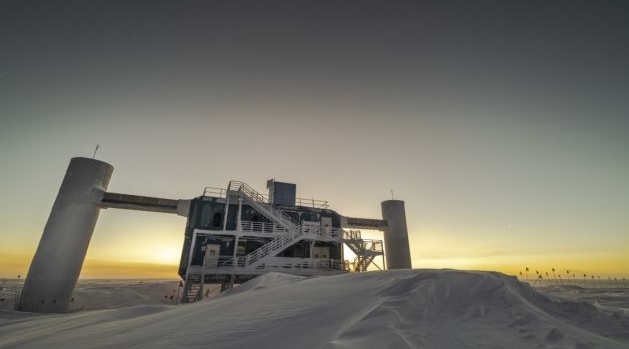Uppsala University receives funding for research infrastructures
The Swedish Research Council has granted funding for Swedish and international research infrastructures of national interest. Five of the funded research infrastructures are managed from Uppsala University.
In total, the Swedish Research Council has granted approximately SEK 1.3 billion in funding for the period 2022-2027 as part of its 2021 Research infrastructure of national interest call. Of the 32 research infrastructures awarded grants by the Swedish Research Council, Uppsala University has the primary responsibility for five. In addition, Uppsala University is involved in a further sixteen consortia that have received funding for national research infrastructures. The levels of the grants will be subject to negotiation between the Swedish Research Council and the applicant organisations.
The Faculty of Science and Technology is host to three of the research infrastructures that are managed from Uppsala University.
“This decision is a big win for research in the Faculty. It demonstrates the breadth of our activities and how extensively our researchers are working on the international stage,” says Johan Tysk, Vice-Rector of the Disciplinary Domain of Science and Technology.
According to the Swedish Research Council’s definition, research infrastructure of national interest aims to provide resources that enable research for multiple research groups and projects across one or more research domains. Swedish researchers must be able to use research infrastructure that gives them access to the best methods, the best equipment and relevant expertise. This is why the Swedish Research Council is working to fund and plan long-term for research infrastructures of national interest.
Uppsala University manages the following five research infrastructures that have been awarded grants in this call:
IceCube Neutrino Observatory – the world’s foremost neutrino observatory which consists of light sensors distributed inside an area of one cubic kilometre beneath the Antarctic Ice Sheet. The observatory was established by four countries, including Sweden, and there are now 12 countries involved in the project.
SuperADAM – is a neutron reflectometer which is operated as a national research infrastructure at the European neutron research facility in Institut Laue-Langevin (ILL) in France. Among SuperADAM’s uses are the ability to investigate the structure of the average plane in thin films.
EPOS-ERIC – European Plate Observing System – European Research Infrastructure Consortium is developing a platform to link up solid earth (terra firma) data from research institutes, public authorities, commercial operations and international partnerships across Europe and neighbouring regions.
SweDigArch – the Swedish National Infrastructure for Digital Archaeology aims to enable archaeological and interdisciplinary research as well as advanced data-driven analyses of complex information from Sweden’s entire history – from the ice ages to the present day.
SIMPLER – Swedish Infrastructure for Medical Population-Based Life-Course and Environmental Research is a national research infrastructure comprising a database of individuals and a biobank for both hypothesis- and data-driven epidemiological research.
Among the other research infrastructures to receive funding, Uppsala University is involved in the following: ACTRIS, ARTEMI, CBCS, DEMSCORE, EuroFUSION, Infravis, ISOLDE, MOSAIC, NEAR, ODEN, Riksriggen, SITES, SND, STR, SweHumInfra, SwedNMR.
Anneli Björkman

